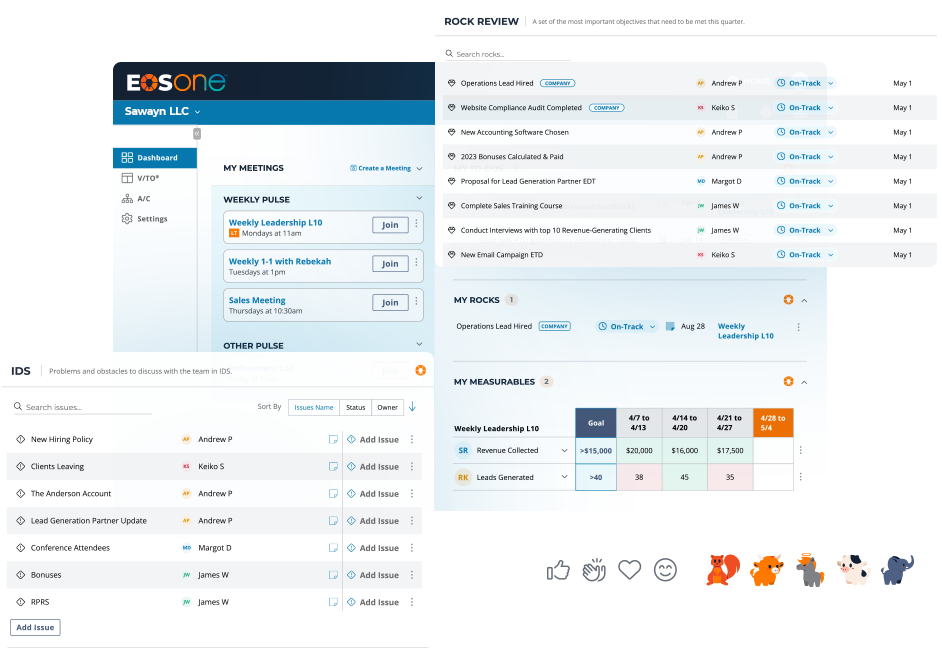
It’s a great feeling, isn’t it – when you conclude your Leadership Team Level 10 meeting, feeling aligned, connected and ready to launch back into the business. You’re loving it so much, that you want to start applying the same meeting format with some of your departmental teams.
So, how do you get started? How long should the meeting be, and what do you need to run a good Level 10 meeting?
What do you need to get started…
- A team with 3 or more:
Commit to running it as a trial for x months, to test and learn, and make any tweaks or changes. There are 2 roles required to run the meeting: 1 person to run the meeting, and 1 person to take notes (to-do’s, Issues, etc).
- Measurables and ROCKS:
The team should have at least some ‘Measurables’ and a Scorecard to report on – if the team members don’t yet have ROCKS, that’s fine – the departmental leader can report on their Individual ROCKS.
- Departmental Issues List:
Create an Issues List for that department, and don’t be afraid to ‘bump’ issues down from the Leadership Team L10 to the Departmental Team L10.
What’s the right frequency
The Level 10 meeting format is part of an overall ‘Meeting Pulse’ for your organization, including Annual, Quarterly and Weekly meetings from Vision / Plan, to daily execution. Ultimately we want to create a similar pulse across the entire organization, so everyone is working within a similar heart-beat and cadence.
We jump start this pulse with the L10 meeting – however weekly might not be the right cadence for every team. You should use the teams’ Measurables as a guide for the right pulse (not the other way around!)
If there is a weekly number that is reported on the Leadership Team’s Scorecard that comes from this department, then a weekly meeting cadence is the right way to go. On the other hand, fortnightly might be more appropriate – it’s your choice.
What’s the right agenda
Once you have your pulse defined, set the meeting duration and agenda using the one third / two thirds principle;
- ⅓rd for Reporting
- ⅔rds for Solving Issues
So, if your team meets for 60 mins; the agenda should be
- 5 mins Check-in
- 10 mins: Scorecard/ROCKS/to-do’s
- 40 mins IDS’ing
- 5 mins: Conclude
Always start with a Segue: As leaders we are familiar and comfortable ‘shifting gears’ from working ‘in’ the business, to working ‘on’ the business. The check-in is a very powerful and fast method to also help your teams to do this; ‘1 piece of personal good news, 1 piece of business good news’ transports our minds out of the weeds, and evokes a positive mindset, to be ready to work at a higher level.
Always give the meeting a rating! Over time EOS is helping you develop the foundations for a high performing organization – part of which is sharing open and honest feedback within our teams, about where we are doing well, and where we need to improve. So, when you conclude “start with a 10, and take points off” providing feedback on “how we can improve”.
See it as a journey
It can take months for your leadership team to get really comfortable with the Level 10 meeting – and you may have had the benefit of being trained by an EOS Implementer to help you master the format. So, don’t be put off if it takes your Departmental team a number of iterations to really get in the groove of the format. Over time, you will develop a new culture of performance and peer accountability up and down the organization -and your teams will love you for it!


